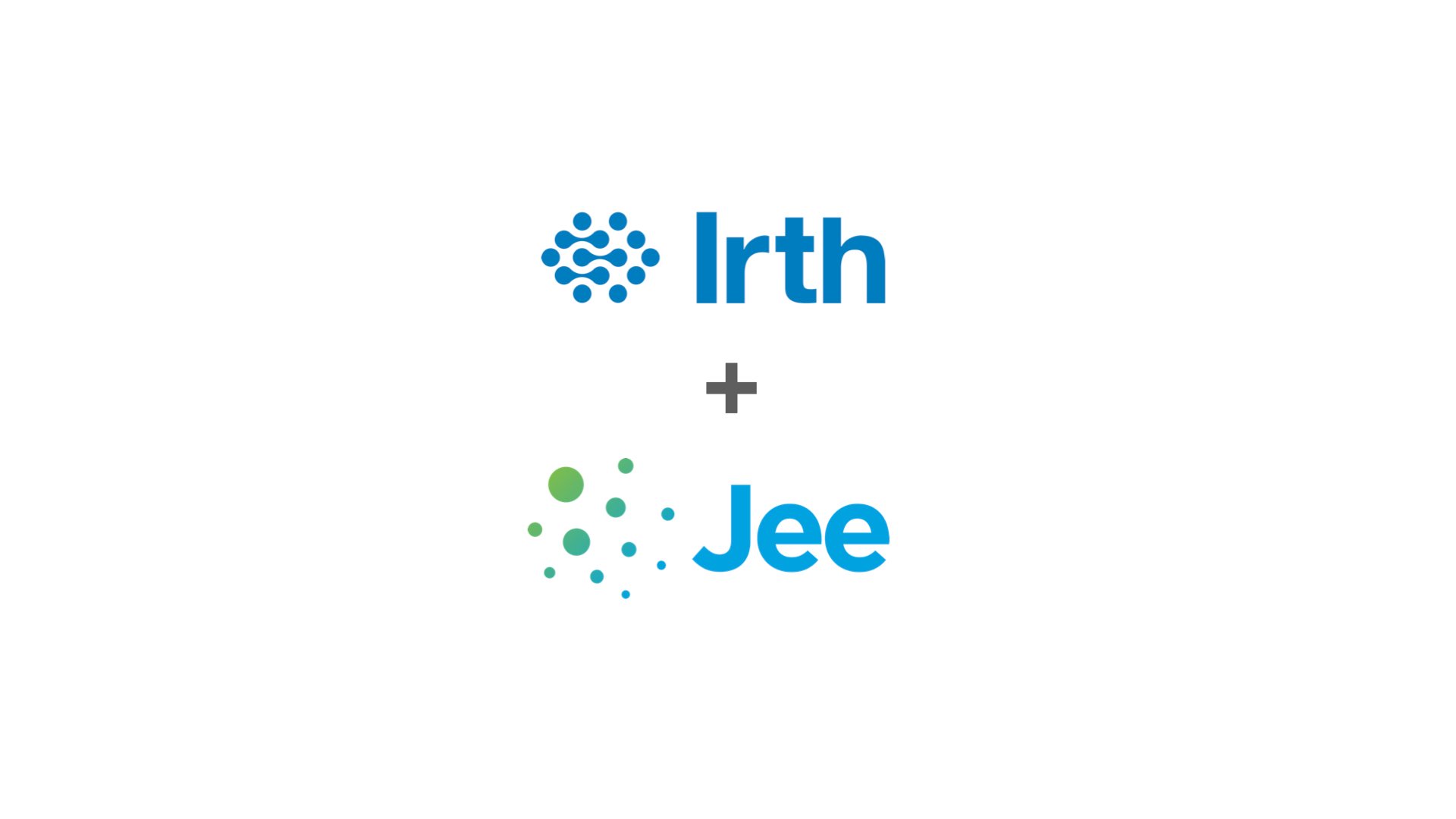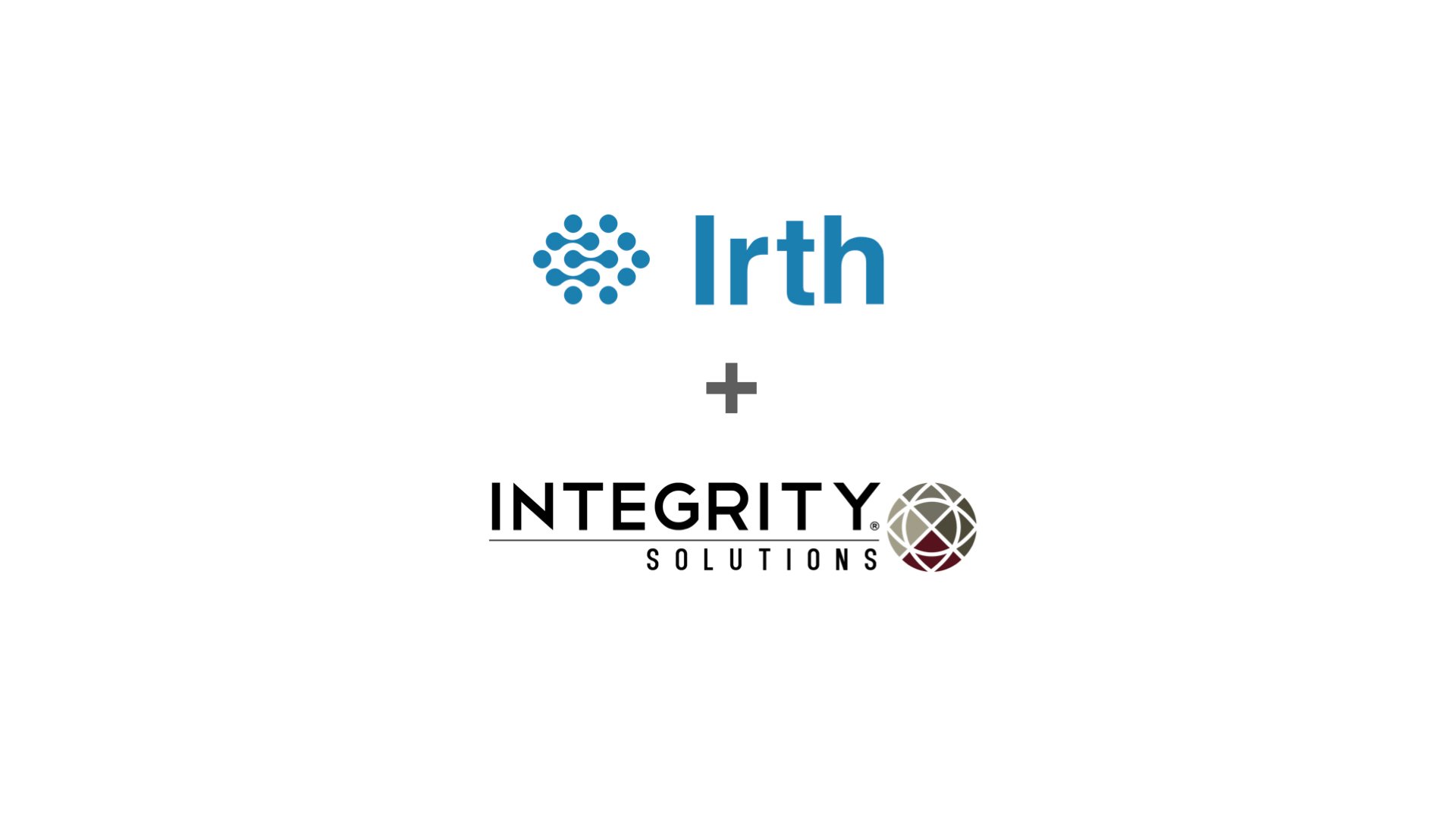The Future is Here: How AI, ML & DS are Transforming Pipeline Integrity
Across the pipeline industry, artificial intelligence (AI), machine learning (ML), and data science (DS) are evolving from buzzwords to tangible...

In the high-stakes world of pipeline operations, risk isn’t just a compliance checkbox—it’s the fine line between proactive maintenance and pipeline failure. Yet for many operators, risk assessments are still mired in outdated, siloed systems, unreliable spreadsheets, and subjective guesswork.
Enter the Risk Management Module: a centralized, ML-enhanced platform that’s redefining how the industry quantifies pipeline threats. Built on proven best practice engineering models backed by incident data from PHMSA, this module provides a real-time probability of failure using real inspection data, with the ultimate goal of keeping infrastructure safe, efficient, and compliant.
Let’s dive into what makes this platform a game-changer.
Legacy systems have long relied on qualitative models that depend on SME opinions and infrequent updates. The result? Static, subjective snapshots of risk that often miss the mark. Worse still, they can take weeks to compile and still leave operators guessing where the next failure might occur.
The Risk Management Module flips that script.
It combines two powerful modeling approaches to calculate the Probability of Failure (PoF)*:
These two models provide a technically sound understanding of your pipeline threat score, grounded in physics, informed by history, and updated as often as your data is.
*Phase 1 of the Risk Management module, available now, calculates a threat (PoF) score. Phase 2 will integrate a consequence of failure (CoF) score.
The Risk Management module isn't just a model but a platform built to integrate everything from ILI and GIS data to internal corrosion control activities and external corrosion control surveys to incident and repair reports. Hosted on Microsoft Azure, the system easily scales to handle massive datasets, something spreadsheets weren’t made for.
Machine learning plays a key role here, too. By automatically aligning and standardizing disparate integrity data, the platform removes one of the biggest roadblocks to efficient risk assessment: data silos. No more exporting and importing between teams or software. Just a unified view of your pipelines, always up to date.
Why are risk assessments siloed from the rest of your integrity work? Why not eliminate the silo and integrate the data, making risk assessment results readily available to your integrity engineers?
“[T]he continuing occurrence of significant pipeline incidents points to a continuing need for operators to upgrade their tools for risk assessment and risk management.” – Overview of Methods and Tools for Improved Implementation, PHMSA Risk Modeling work group, February 01, 2020
Qualitative risk models don’t meet the needs of most pipeline operators. They’re typically dependent on opinions from Subject Matter Experts and easily become outdated.
Per the PHSMA Risk Modeling Working Group:
“In practice, continued use of qualitative and relative assessment/index models is best suited for small, less complex pipeline systems, where the effects of preventive and mitigative measures risk can be reasonably understood via changes to the model inputs. These systems can be characterized by limited geographic extent and lower mileage; simple system configuration; uniform risk factors throughout the system; affected HCAs limited in extent and similar in nature; and a single, small operating organization.”
In contrast, the Risk Management Module is built on:
Whether it’s corrosion, ground movement, or operational error, the module quantifies the threat, not just estimates it, so you can act decisively and allocate resources where they’ll have the most impact.
Structural reliability theory requires loads and resistances to be modeled as probabilistic variables, which are then used to calculate the probability of failure (PoF).
Resistance is calculated using pipe geometry and material properties such as yield strength or fracture toughness. The load is determined by the forces applied to the pipe. This includes the internal force induced by the pressure of the product and external forces/impacts. Reliability-based models are used for the following threats:
Historical-based models rely on data from the PHMSA incident database to build statistical predictive models.
If you’re in pipeline integrity, risk management, or operations, the Risk Management module enables:
In short, it enables you to move from reactive to predictive pipeline safety, while reducing the time, effort, and uncertainty that come with legacy methods.
Risk is inevitable. But how we manage it doesn’t have to be.
With the Risk Management Module, pipeline operators can break down data silos, ditch outdated spreadsheets, and finally bring integrity and risk together under one powerful platform. The result is smarter decisions, safer infrastructure, and a stronger bottom line.
Whether you're just starting your digital transformation or looking to enhance an existing integrity program, now’s the time to make the shift from static risk assessment to dynamic, data-driven risk intelligence.
Because in the pipeline world, risk never sleeps—and neither should your insight into it.
Contact us for a demo of the Risk Management module today!

Across the pipeline industry, artificial intelligence (AI), machine learning (ML), and data science (DS) are evolving from buzzwords to tangible...

COLUMBUS, OH and LONDON, UK — November 13, 2025 — Irth Solutions, Inc. a leader in cloud-native software for asset integrity and risk management, and...

COLUMBUS, OH — November 13, 2025 — Irth Solutions, a leader in cloud-native SaaS for asset integrity and risk management, and Integrity Solutions, a...